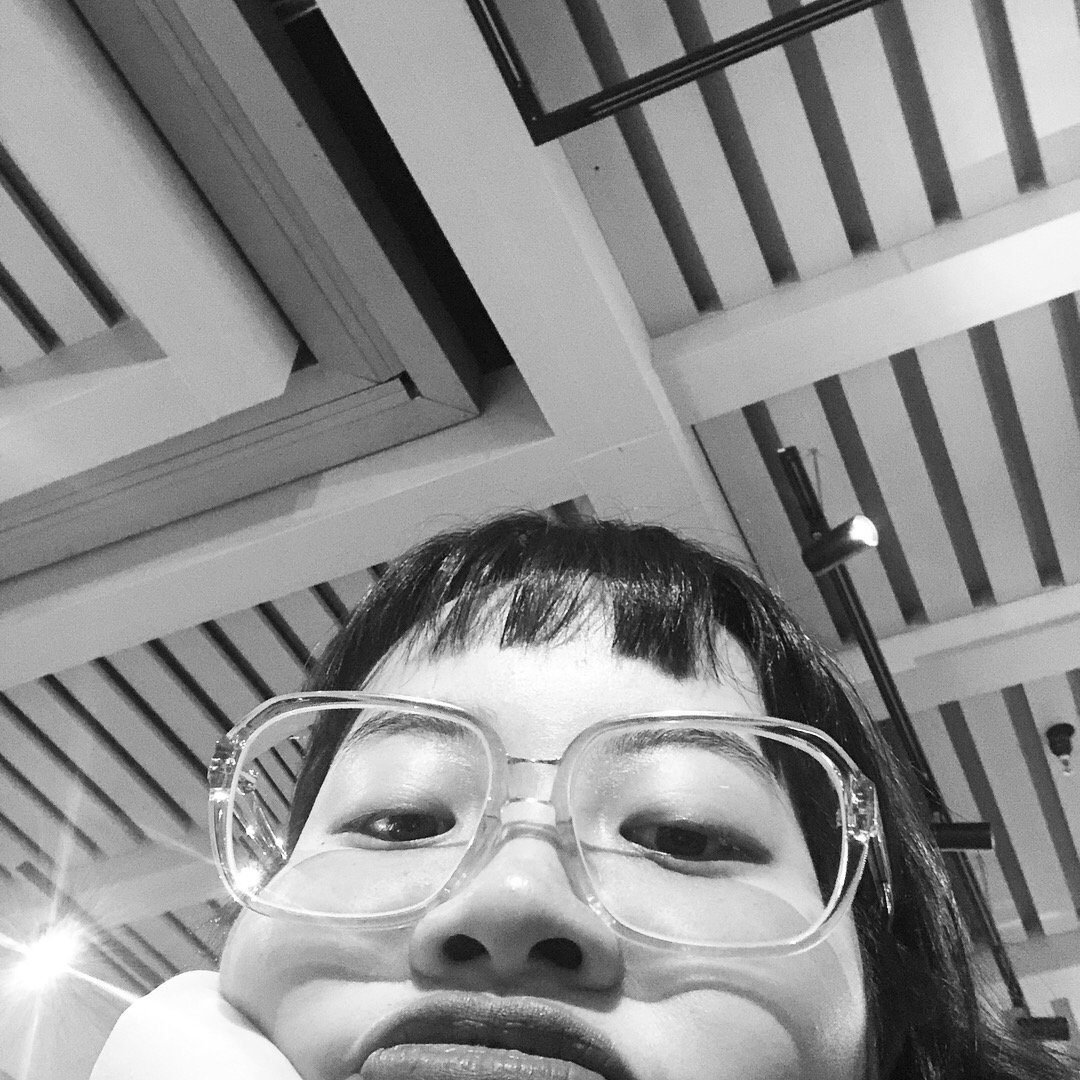
Crowd-Source Art
What is the content of the work and who is creating it?
The work was a collaborative and “artistic” presentation slide on what people believed a designer was. This was created on a shared google slide document.
The topic of “What is a designer” was something my group mates and I could relate to, all being some sort of designer in various fields before entering ADM. Thus, we were passionate and truly interested in understanding what others would interpret a designer as.
Hence, we took to our mobile phones and sent out our google slide with minimal instructions, simply asking our crowd-source to create a slide telling us what they think a designer is with words or graphics. We sent the link to ex-colleagues, fellow design students, friends, family and basically whatever contacts we had in our phone.
And that was how our presentation was created, with a bunch of “anonymous animals”.

Where does this work take place?
This work generally takes place online. Honestly, we are unable to tell the extent of where our slide link has spread but we do appreciate the randomness and unpredictability of the answer we have received due to our varied sourced crowd.
How does this work involve social interaction?
I believe this work involved two forms of social interaction.
The first form was when we took to “mobile” friends to get them to participate in our micro-project. We interacted with our friends as we got them to participate.
The second form was when the sourced crowd came together to create a full presentation deck, literally out of thin air and zero connection to each other. It is pretty amazing how the internet connects a bunch of strangers, yet at the same time pretty shady…

How is your crowd-sourced project different from one that is created by a single artist/creator?
Our crowd-sourced project formed an online virtual platform where people of different upbring and background gave their personal opinions on our chosen topic, what is a designer. If such a project where to be repeated by a single artist, the result and opinions would solely be dictated by a singular person’s mindset. And although his or her mindset may not be wrong, it is not necessarily right as well. It is a biased opinion of that person’s judgement.
Using google slides as our collaboration medium, it gave our participants total freedom to create and express their thoughts. If it were a singular artist, the slides would probably cohesive and standardised, predictable throughout the whole presentation.
Well, to sum it up, the results of our art and its purpose would have been very different if it were to be done by a singular artist. Our artwork would not be able to derive at its state of unpredictability and personality.
It was really exciting to see how the internet could bring strangers together to create something bigger and this is definitely something to think about when coming up with new art or design projects.

A group effort with:
En Qi & Yi Xue









